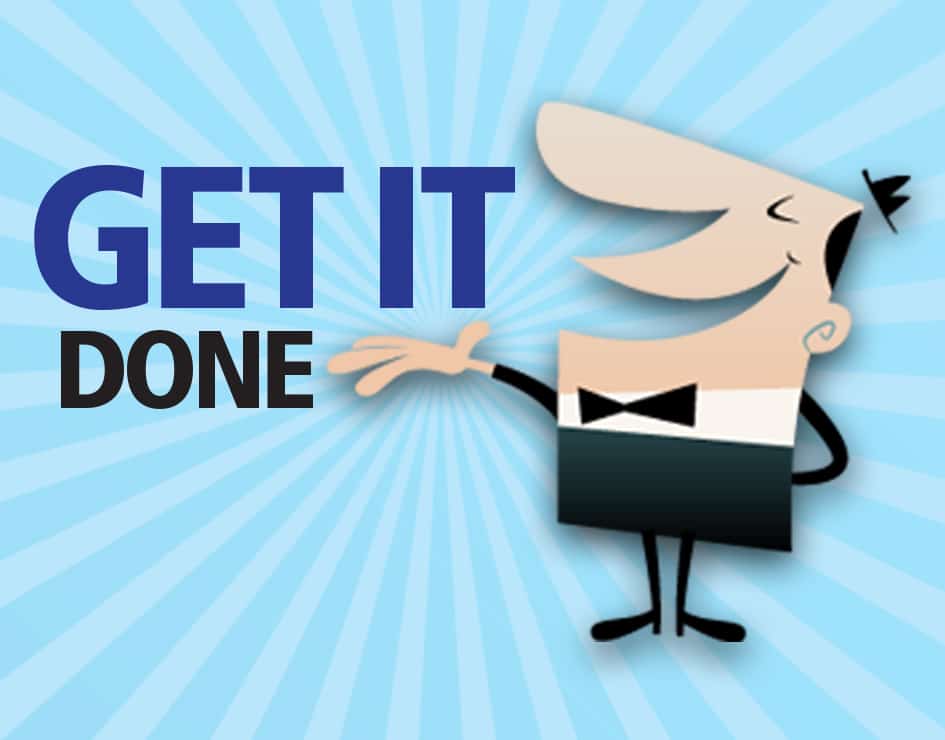Launched in 2008, Evernote gained popularity because it solved a major constraint in our productivity — recognizing the changes in the way we actually work, access information and communicate. We no longer work on just a desktop or a laptop. We aren’t just working out of Windows Explorer or Apple’s Finder. We want access to our most important stuff on all of our phones and devices, anywhere we are.
The Amazing Evernote
Evernote created something amazing we knew we needed but had no way of doing, allowing users to:
- Take a note without saving it as a Word document.
- Take a photo of something we want to remember but don’t want to save in our phone.
- Dictate an audio note and store it with every other brainstorm (not in Apple’s voice memo app where we’ll forget about it).
- Get rid of the scraps of paper we write ideas on, but keep those thoughts somewhere easy to find and remember.
- Collaborate on a document without 36 different revisions, all having a new suffix such as “v8,” “v9.1,” “v10withDGedits.”
- Have a sidebar chat with a colleague about a project or task without creating yet another email chain.
Evernote let us do all this and its popularity skyrocketed. By 2015, there were already 100 million users worldwide.
The Rise and Fall of the Elephant
The downside to Evernote’s early popularity was the company’s desire to monetize by selling everything from branded socks and shirts to co-branded notebooks, briefcases and scanners. It was the equivalent of a TV show “jumping the shark.” Unfortunately, Evernote’s focus was off when it came to finding ways to continually innovate its core product. The market matured and became saturated with new ideas as Evernote lagged. Evernote’s lost focus and constant internal turmoil, mixed with its exceedingly fast growth, landed the behemoth behind in both investment and product advancement.
As Evernote’s focus drifted, Microsoft was relentless. It not only segregated OneNote, its competing note-taking app, it made it available for free and increased its functionality across Android, iOS, Mac and Windows operating systems. OneNote also leveraged powerful integrations through IFTTT that put it on the same playing field as Evernote.
Google also advanced with its Keep product. Though not as robust as OneNote, it added the ability to take photos using Google Drive and “scan” and OCR documents and photos. Other apps arrived on the market, too, looking to fill the void in some of Evernote’s functionality, while some older apps such as SimpleNote and Workflowy saw a resurgence.
Quip: Ascending the Throne?

Does this mean you should abandon Evernote today and use Microsoft’s tool to export your data out of Evernote and import it into OneNote … or Quip? Not necessarily. But, as I have preached on this site before, be smart about where you store your data. Understand the long-term vision of the organization you are trusting with your most important data. And, if the goal of an app is to help you be more productive — and you’re spending more time figuring out how to bend it to your particular workflow — ask yourself whether your investment of time and energy outweighs the benefits you hope to derive.
Ultimately, it is about your own deep understanding of how you work in this new world of having everything wherever you are.
Illustration ©iStockPhoto.com

















